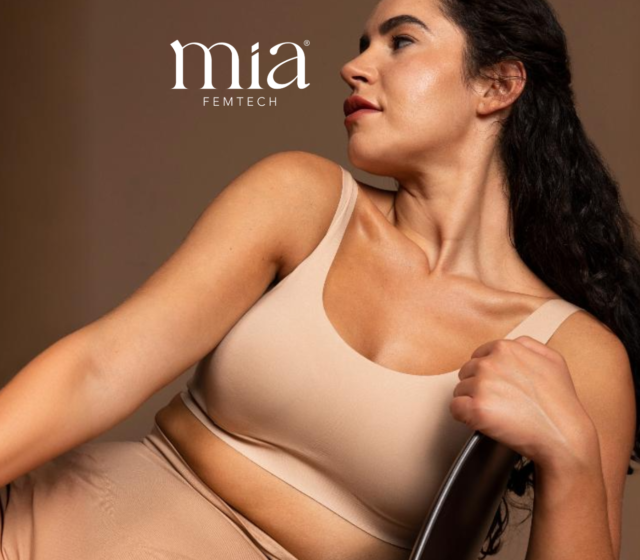26 Sep 2023
Understanding Scar After Breast Augmentation
News

Want to have breast augmentation, but have concerns about scars after breast augmentation?
When considering breast augmentation surgery, it’s natural to have concerns and questions about its impact on your body. Among the most frequently asked questions posed to plastic surgeons doing breast implants, are often asked about breast augmentation scar recovery.
Since breast augmentation involves surgical incisions, it’s important to understand that scarring is a normal part of the process. Read more to understand why scars are inevitable and how to minimise their impact.
Exploring the nature of scar after breast augmentation
Scarring is a natural part of the healing process and occurs whenever the skin is incised. It is super important to understand that scarring is very variable in the population. Dr Rory does standardised surgery with the same technique on every patient, and there is a spectrum of scarring that results from the same technique. This range is from virtually invisible scarring to scars that can be very visible. Your natural biological tendency for scars is one of the major contributing factors to the appearance of your scar, which is typically apparent in the final stage within three years of final surgery.
In breast augmentation surgery, incisions are made to insert breast implants, which leads to the formation of scars. Scars may differ in texture, colour, and size, but most scars tend to fade and flatten over time.
Factors affecting scar formation
There are several factors that influence the formation and visibility of scars after breast augmentation.
Factors include:
- Smoking: In particular, the nicotine content in cigarettes reduces the spasticity of skin, which means your healing is not optimal; and therefore, there can be delayed healing which means your scars are less likely to be finelined and more likely to be a regular stretched scar. It also means that in the context of breast augmentation, there is an increased risk of breast implant infection because of the delayed healing.
- Genetics: Individuals with a predisposition to keloid or hypertrophic scarring may be more prone to noticeable scars.
- Skin type: Your skin also plays a part, with certain skin types having a higher likelihood of developing visible scars.
- Age and overall health: Dr Rory will consider your age as it can impact breast augmentation scar recovery. Younger individuals typically experience more favourable healing outcomes.
- Incision type– The choice of incision plays a vital role in scarring. Some incision types are small, whereas some are extensive, leaving deeper scars.
Additionally, following postoperative care instructions, avoiding smoking, and maintaining a healthy lifestyle can contribute to optimal scar healing.
Surgical techniques and incision placement:
Plastic surgeons like Dr Rory utilise various surgical techniques and incision placements in breast augmentation procedures, aiming to minimise scarring.
Common incision options include
- inframammary (under the breast crease)
- periareolar (around the areola)
- and transaxillary (in the armpit).
Each approach has its advantages and considerations in terms of scar visibility. Dr Rory carefully plans incision placement to ensure scars are well-hidden and blend with natural body contours, reducing their noticeable appearance.
Scar management strategies:
Effective scar management techniques can help minimise scar visibility and promote healing.
Dr Rory will provide you with postoperative care instructions, including wound care and scar massage techniques.
He might also provide silicone sheets, gels, and creams that are commonly recommended to improve scar appearance. These products can help hydrate the skin, flatten scars, and reduce redness.
It’s important to follow the guidance of your plastic surgeon to determine the most suitable scar management approach for individual cases. It is also important to remember that Dr Rory may actually advise you not to do anything for your scar if scars in the short term look good because obviously, if you dont need to do any trimmers for scars, it’s simpler recovery.
Long-term scar care
Beyond the immediate postoperative period, ongoing scar care is crucial. Maintaining a healthy lifestyle, including a balanced diet and regular exercise, can support optimal.
Addressing emotional well-being: Supporting body image after breast augmentation scarring
The emotional impact of scarring after breast augmentation should not be overlooked. It’s important to address any body image concerns and seek emotional support throughout the healing journey.
Dr Rory is very compassionate and discusses one-on-one all your concerns until you are satisfied will the conversations. He recommends strategies for self-care and also advises practising self-compassion and seeking counselling to foster a positive self-body image.
Having realistic expectations? Choose Dr Rory for the best results.
Practically, the scars will remain forever, but most visible for approximately 24 to 36 months. Having realistic expectations regarding scarring after breast augmentation is essential. While scars are an inherent part of the surgical process, they typically fade and become less noticeable over time.
Studies show high patient satisfaction rates with breast augmentation, including satisfaction with scar appearance, as the benefits of the procedure outweigh any concerns about scarring.
Dr Rory McGoldrick, who is widely regarded in the medical as well as the public, is one of the highly regarded plastic surgeons in Dubai, diligently plans your surgery so that scar after breast augmentation has a minimal emotional and physical impact on you.
Still not convinced and have more questions about breast augmentation scar treatment? Book an appointment with Dr Rory and discuss your concern in a one-on-one setting with him.



































































































